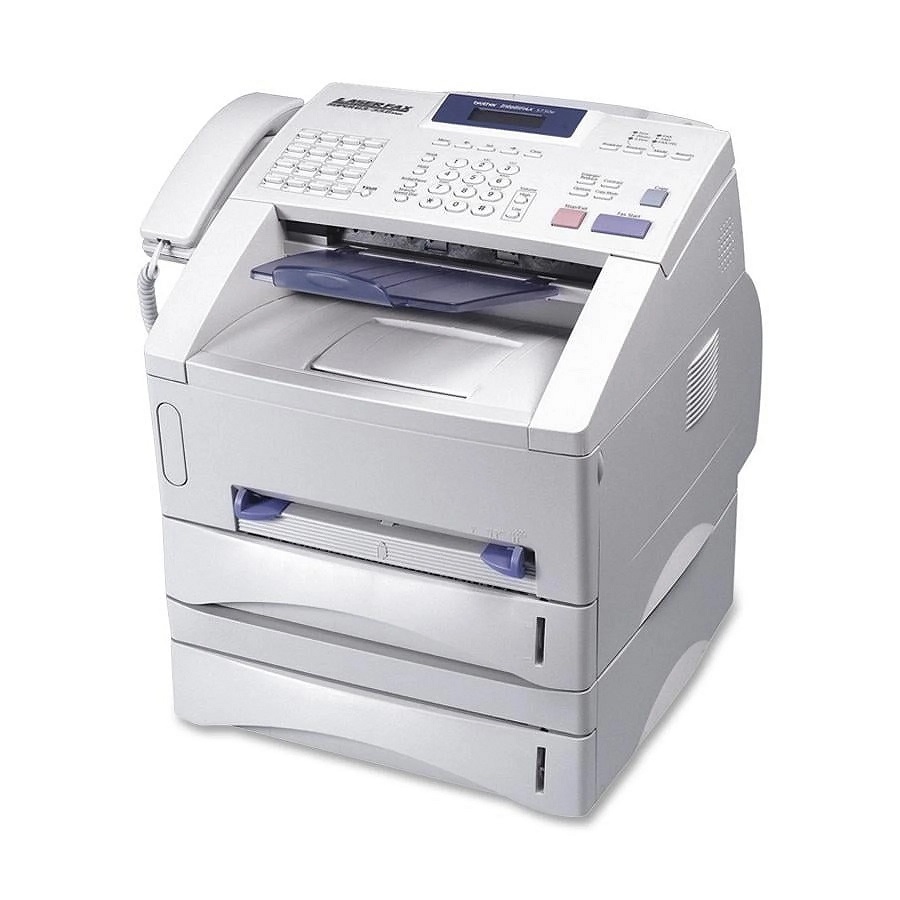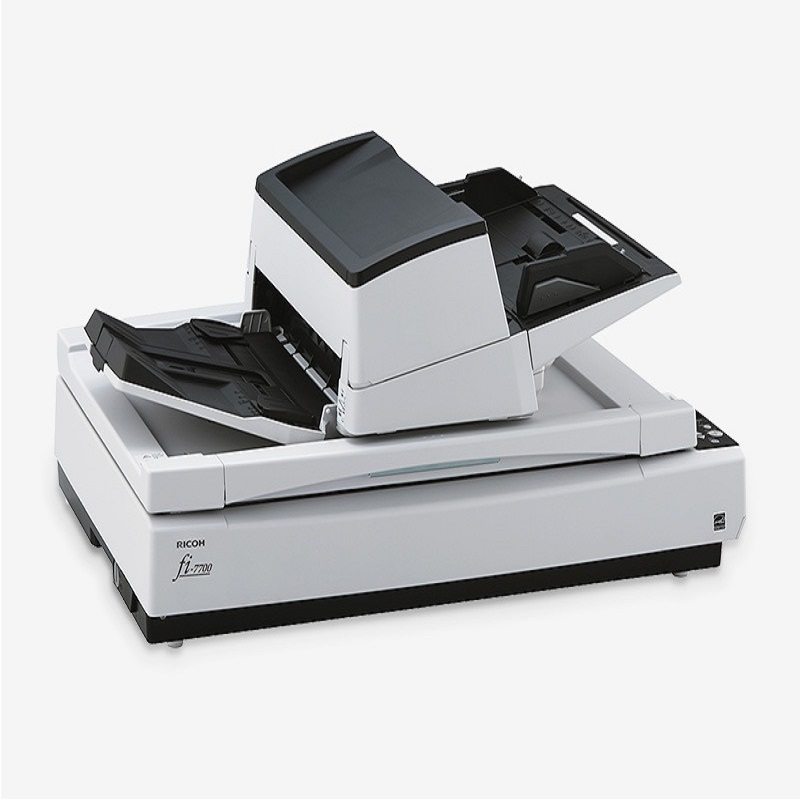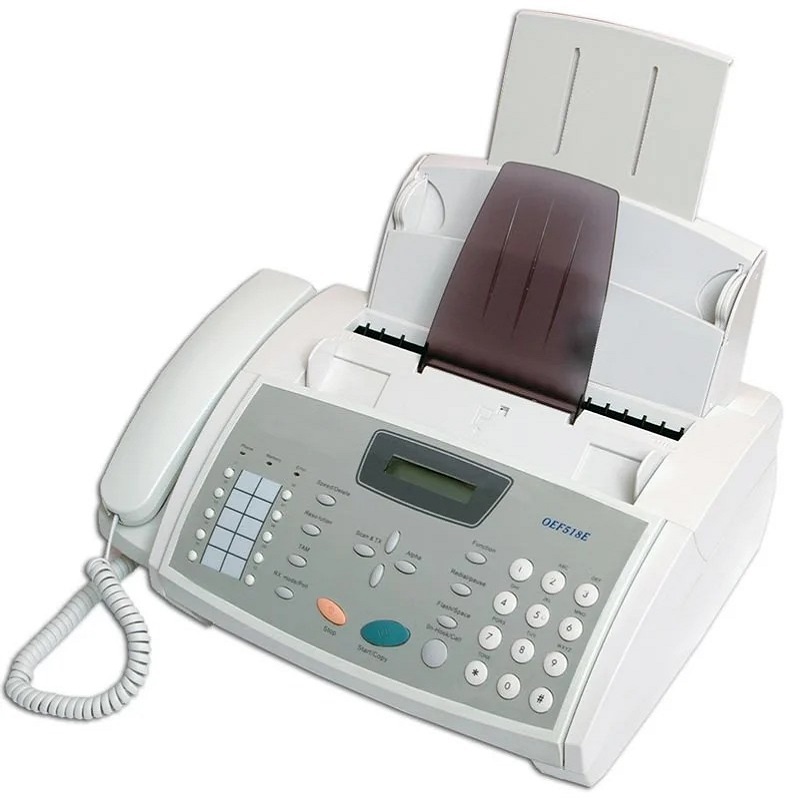A voltmeter is a measuring instrument used to measure the voltage across an electrical circuit. It is an essential tool for anyone working with electrical systems, whether it’s for household repairs or more complex industrial applications. Learning how to use a voltmeter properly is important to ensure accurate measurements and prevent damage to the equipment. In this guide, we will cover the basic steps for using a voltmeter effectively.
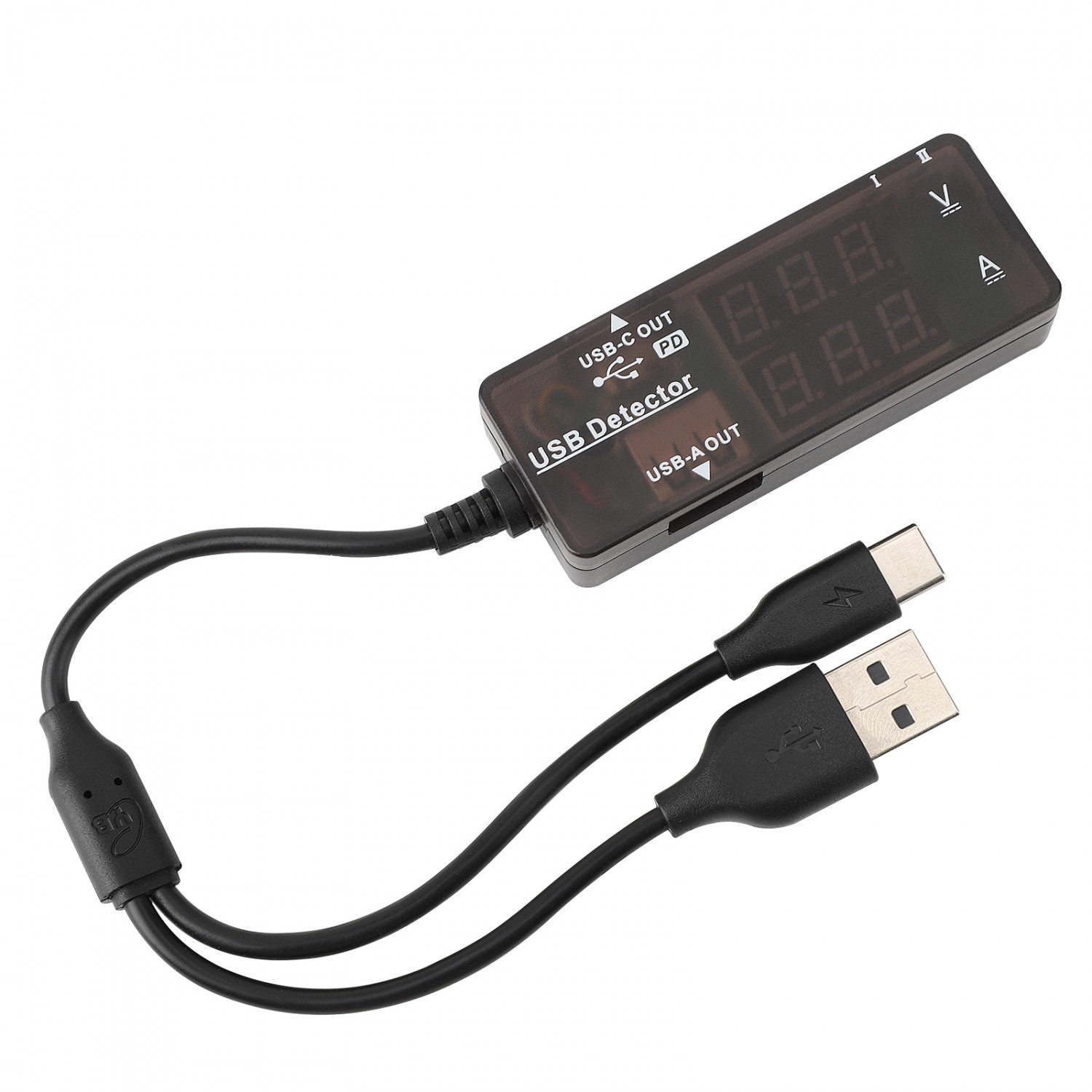
Selecting the Right Type of Voltmeter
Before using a voltmeter, you need to ensure that you have the right type for the job at hand. There are two main types of voltmeters: analog and digital. Analog voltmeters have a needle that moves across a scale to indicate the voltage, while digital voltmeters display the voltage as a numerical value on a screen. For most modern applications, a digital voltmeter is preferred for its accuracy and ease of reading. Additionally, you should also consider the voltage range of the voltmeter to ensure that it can handle the voltages you will be measuring.
Setting Up the Voltmeter
Before taking any measurements, it is important to set up the voltmeter properly. Start by selecting the voltage range that matches the expected voltage in the circuit. This can usually be done by turning a dial or pressing buttons on the voltmeter. Next, ensure that the voltmeter is connected to the appropriate terminals or leads. The positive lead should be connected to the positive side of the circuit, and the negative lead to the negative side. Some voltmeters may also have a common terminal that needs to be connected to the circuit reference point. Always refer to the voltmeter’s manual for specific instructions on setting up the device.
Taking Measurements
Once the voltmeter is set up, you can begin taking measurements. To do this, simply place the leads of the voltmeter across the component or points in the circuit where you want to measure the voltage. Ensure that the leads are making good contact with the circuit and that there are no loose connections. Take note of the voltage reading displayed on the voltmeter. If using an analog voltmeter, wait for the needle to stabilize before recording the measurement. For digital voltmeters, the measurement will be displayed instantly. It is important to be cautious when taking measurements to avoid any electric shock or damage to the voltmeter or circuit.
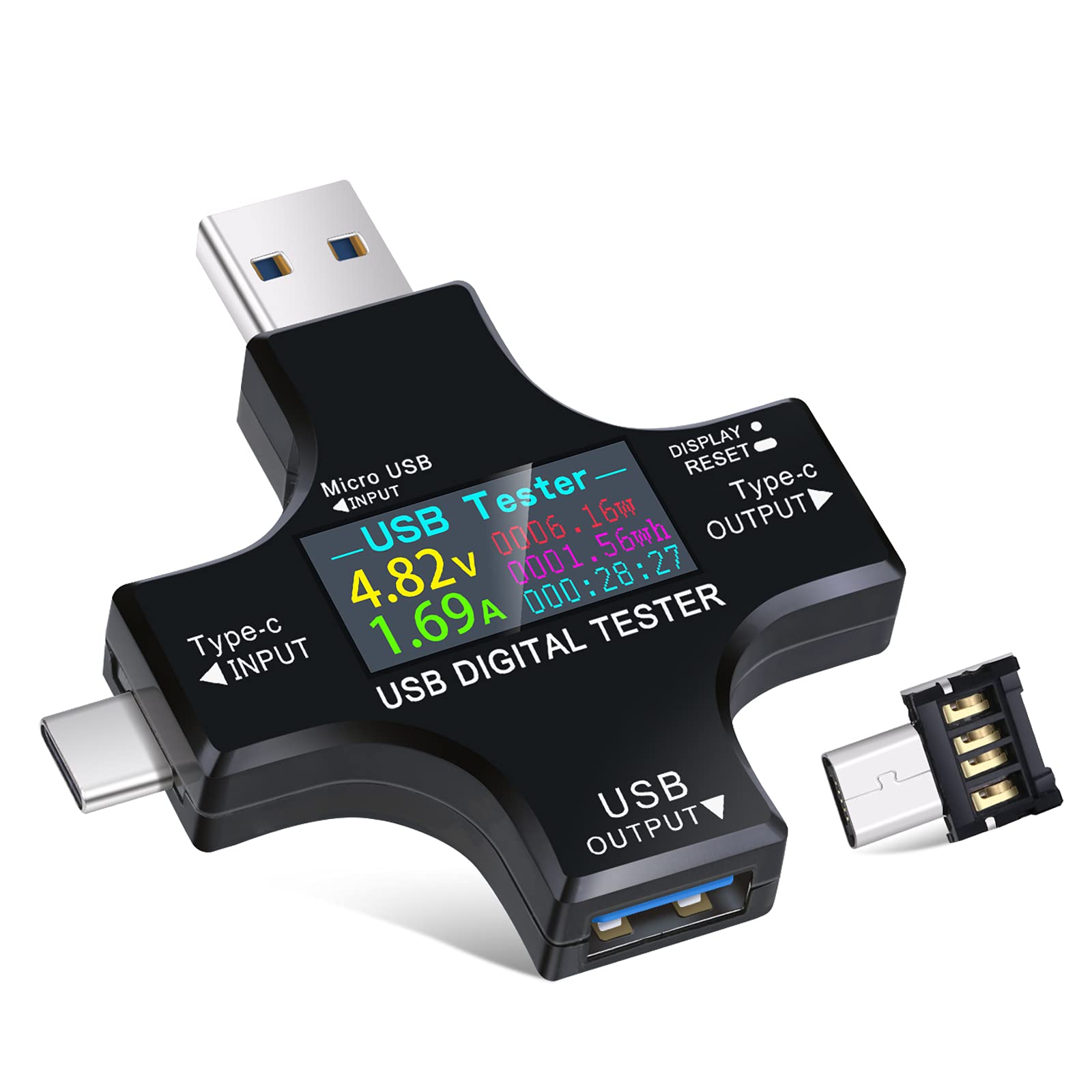
Interpreting the Measurements
After taking the measurements, it is important to interpret the results correctly. If the voltmeter displays a voltage that is within the expected range, the circuit is functioning properly. However, if the voltage is outside of the expected range, there may be an issue with the circuit, such as a faulty component or improper voltage supply. It is always a good idea to compare the measured voltage with the expected or nominal voltage of the circuit to ensure that everything is in order.
Safety Precautions
When using a voltmeter, it is important to prioritize safety. Always ensure that the circuit is de-energized before making any measurements to avoid the risk of electric shock. Additionally, keep the voltmeter leads and hands away from any exposed or live parts of the circuit. It is also a good practice to use insulated leads and wear personal protective equipment, such as gloves and safety glasses, when working with electrical systems. Lastly, always follow the manufacturer’s guidelines and safety precautions when using the voltmeter and consult a qualified electrician if you are unsure about any aspect of the measurement process.
Advantages of voltmeter
A voltmeter is an essential electrical instrument used to measure voltage in an electrical circuit. It is widely used in various industries and is a vital tool for engineers, technicians, and electricians. The voltmeter has several advantages that make it a valuable device for measuring voltage accurately and efficiently.
Accurate Voltage Measurement
One of the main advantages of a voltmeter is its ability to measure voltage accurately. It provides precise readings of the voltage in an electrical circuit, which is essential for troubleshooting and analyzing the performance of the circuit. With a voltmeter, engineers and technicians can identify any voltage fluctuations or irregularities in the circuit, enabling them to take necessary corrective actions.
Wide Range of Applications
Another advantage of a voltmeter is its versatility and wide range of applications. Voltmeters can be used in various industrial, commercial, and residential settings to measure voltage in different types of electrical circuits. They are commonly used in power distribution systems, electronic equipment, automotive systems, and household electrical appliances. The versatility of voltmeters makes them an indispensable tool for electrical testing and maintenance.
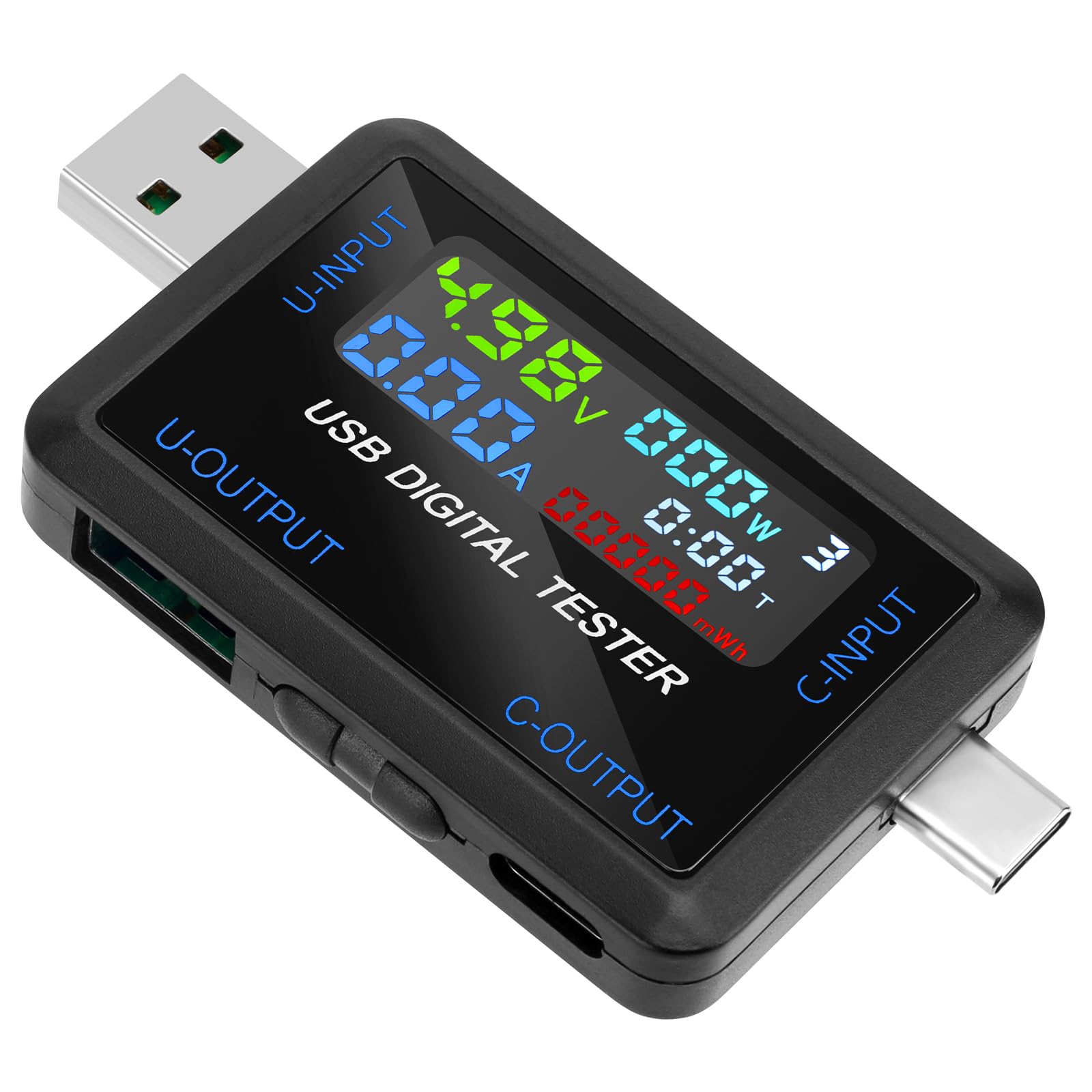
Easy to Use
Voltmeters are designed to be user-friendly and easy to operate. They come with clear and easy-to-read displays that provide accurate voltage readings. Additionally, modern digital voltmeters are equipped with advanced features such as auto-ranging, data logging, and USB connectivity, making them even easier to use and more efficient for voltage measurement tasks.
Quick and Efficient Voltage Measurement
Voltmeters enable quick and efficient voltage measurement, allowing engineers and technicians to diagnose electrical issues and make necessary adjustments swiftly. This is particularly important in critical applications where a rapid response is required to prevent equipment damage or downtime. With a voltmeter, professionals can quickly assess the voltage levels in circuits and take immediate action to resolve any abnormalities.
Portability and Compact Design
Many voltmeters are designed to be portable and compact, allowing technicians and field engineers to carry them easily to different locations. Portable voltmeters are particularly useful for on-site testing and troubleshooting, as they can be used to measure voltage in various equipment and systems without the need for bulky equipment or extensive setup.
Versatile Measurement Modes
Some voltmeters offer versatile measurement modes, allowing users to measure both AC and DC voltage with a single device. This versatility makes voltmeters a convenient and cost-effective tool for measuring voltage in different types of electrical circuits, eliminating the need for multiple instruments.
Integration with Data Acquisition Systems
Modern voltmeters can be integrated with data acquisition systems, allowing voltage readings to be recorded and analyzed digitally. This feature is valuable for monitoring the performance of electrical systems over time and identifying trends in voltage fluctuations. Integrated voltmeters provide valuable data for predictive maintenance and system optimization.
Cost-Effective Solution
In comparison to other methods of measuring voltage, such as oscilloscopes or power analyzers, voltmeters offer a cost-effective solution for voltage measurement. They provide accurate and reliable voltage readings at a fraction of the cost of more complex testing equipment, making them a practical choice for electrical testing and maintenance.
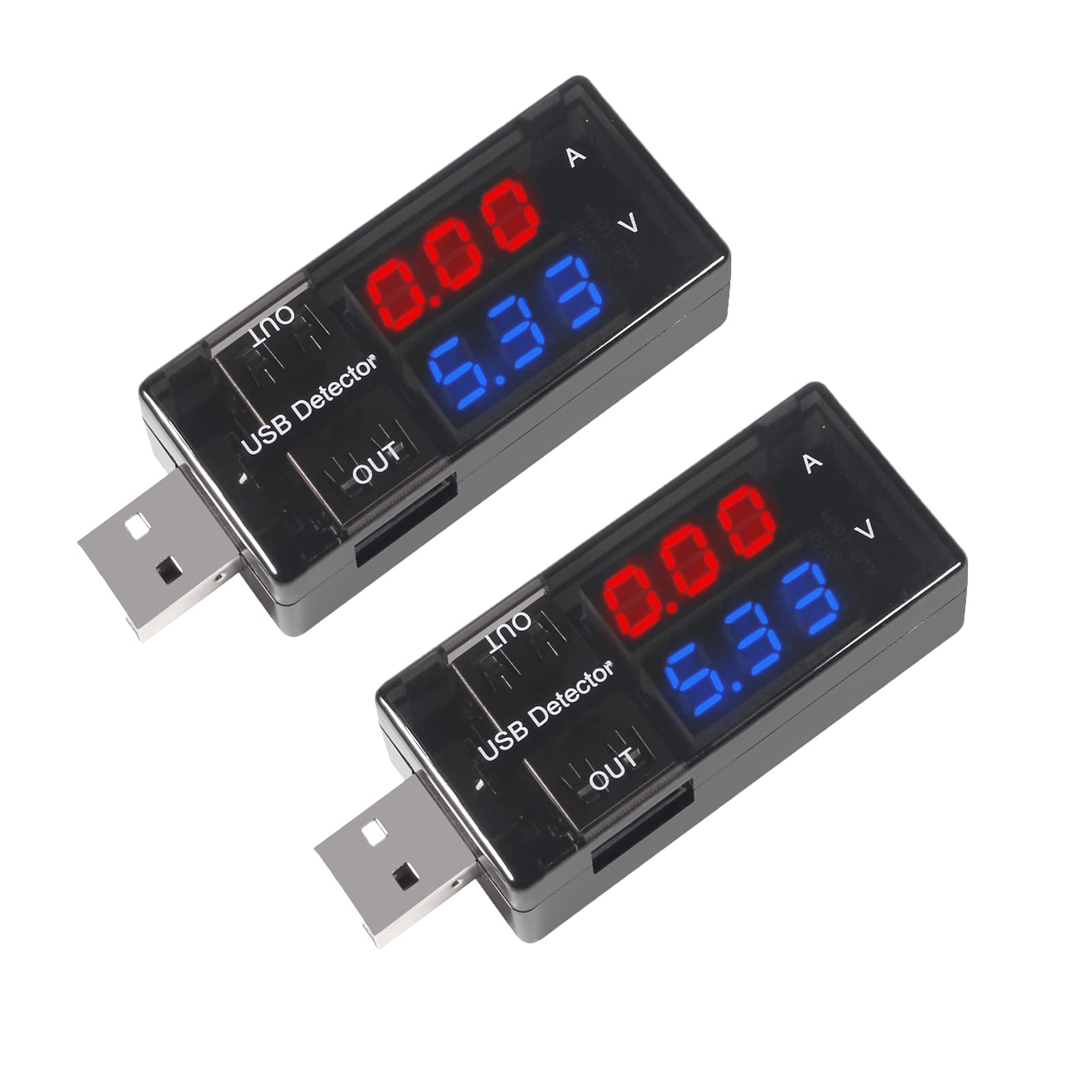
Maintenance method of voltmeter
A voltmeter is an essential tool for measuring the voltage of an electrical system. It is commonly used by electrical engineers, technicians, and hobbyists to ensure that the electrical circuits are functioning properly. However, like any other tool, a voltmeter can experience wear and tear over time, which may require maintenance and repairs.
Checking the Leads
The leads of the voltmeter are another component that should be checked regularly. Over time, the leads can become frayed or damaged, which can affect the accuracy of the readings. To prevent this issue, it’s important to inspect the leads for any signs of wear and tear and replace them if necessary. Additionally, it’s a good practice to store the leads properly and avoid bending or twisting them to prevent damage.
Replacing the Fuse
Many voltmeters are equipped with a fuse to protect the internal components from damage due to overload or short circuits. If the voltmeter is not functioning properly, it’s important to check the fuse and replace it if necessary. Most voltmeters come with a spare fuse that can be easily replaced by following the manufacturer’s instructions.
Checking the Display
The display of the voltmeter is another component that should be checked regularly. Over time, the display may become dim or difficult to read, which can affect the usability of the voltmeter. To address this issue, it’s important to inspect the display for any signs of damage and replace it if necessary. Additionally, cleaning the display with a soft cloth can help remove any dirt or grime that may be affecting its visibility.
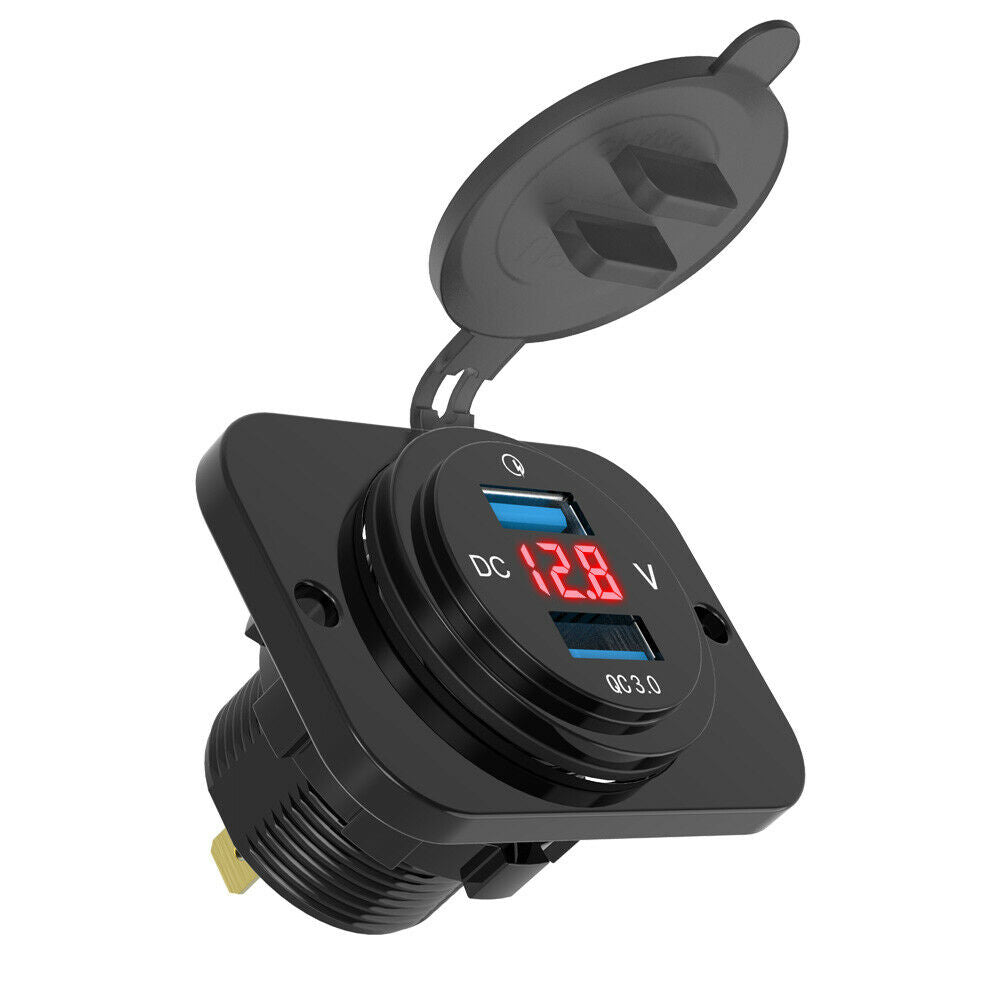
Conclusion
Using a voltmeter is an important skill for anyone working with electrical systems. By selecting the right type of voltmeter, setting it up correctly, taking accurate measurements, interpreting the results, and prioritizing safety, you can ensure that your electrical work is done efficiently and safely. With the knowledge and skills gained from this guide, you can confidently use a voltmeter to troubleshoot and maintain electrical systems with confidence.






